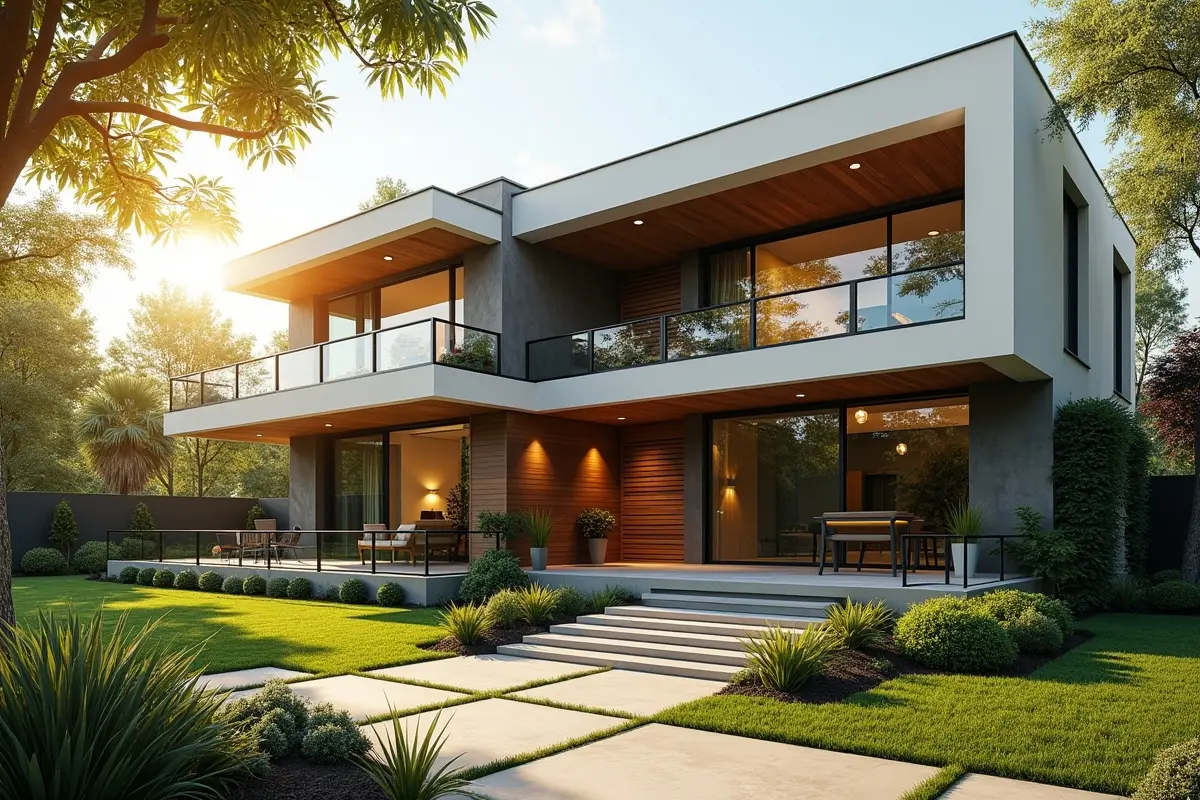Wood has been a primary building material for centuries, but not all wood is created equal. In the past, deforestation and unsustainable logging practices have caused damage to our environment. However, with the growing awareness of sustainability, there has been a shift towards using sustainable wood in building and decor. Sustainable wood refers to wood that is harvested responsibly from well-managed forests or plantations.
In addition to being environmentally friendly, sustainable wood offers numerous other benefits that make it increasingly popular in the construction industry. From its aesthetic appeal to its durability and versatility, sustainable wood is becoming the go-to choice for architects, designers, and homeowners alike.
In this blog post, we will explore why sustainable wood is gaining popularity in building and decor and how it is paving the way towards a greener future. Let’s dive in.
Versatile Material
Sustainable wood offers versatility that goes beyond just its use as a building material. It can be used in various forms such as lumber, flooring, furniture, and even decorative accents like wall panels or shelving. For instance, you can find Lumber products in different shapes and sizes to fit your specific project needs. Its versatility makes it a suitable material for both residential and commercial projects, adding warmth and character to any space.
Sustainable wood can also be treated and stained to achieve different colors and finishes, providing endless options for customization. This makes it a versatile material that can fit into any design aesthetic or project requirement. From traditional to contemporary styles, sustainable wood offers flexibility in design while still maintaining its environmental benefits.
Environmentally Friendly
Sustainable wood is a more environmentally friendly option compared to traditional wood because of its responsible harvesting practices. Sustainable forestry management ensures that trees are replanted, and the biodiversity of the forest is maintained. This helps in reducing deforestation and preserving natural habitats for wildlife.
Moreover, sustainable wood also has a smaller carbon footprint as it requires less energy to produce compared to other building materials like steel or concrete. By choosing sustainable wood, we are contributing towards mitigating climate change and protecting our planet’s resources for future generations. As a result, it is no surprise that more and more people are opting for sustainable wood in their building and decor projects.
Cost-Effective
Sustainable wood may have a higher upfront cost compared to traditional wood, but its long-term savings make it a cost-effective option. Due to its durability and resistance to pests and decay, sustainable wood requires less maintenance, reducing the overall costs in the long run.
Additionally, with the rise of eco-conscious consumers, the demand for sustainable wood has increased, making it more readily available and affordable. Some companies also offer reclaimed or salvaged sustainable wood at a lower cost, promoting recycling and reducing waste in the construction industry. Choosing sustainable wood can lead to significant cost savings while also being environmentally responsible.
Aesthetically Pleasing
Sustainable wood not only offers environmental benefits but also adds aesthetic value to any space. With its unique grain patterns, natural warmth, and beauty, each piece of sustainable wood is one-of-a-kind. From rustic to modern styles, sustainable wood can be used in a variety of design aesthetics to create a visually appealing and inviting space.
Architects and designers are increasingly incorporating sustainable wood into their projects, not just for its eco-friendliness but also for its visual appeal. The natural beauty of sustainable wood adds character and charm to any building or decor project, making it a popular choice among homeowners and businesses.
Durable and Long-lasting
In addition to its environmental and aesthetic benefits, sustainable wood is also known for its durability and longevity. As it comes from well-managed forests or plantations, the quality of the wood is consistently high. This means that it is less likely to warp, shrink, or crack compared to traditional wood.
Moreover, sustainable wood is also naturally resistant to pests and decay, making it more durable in the long run. This makes it an ideal choice for high-traffic areas or outdoor structures that need to withstand various weather conditions. With proper maintenance, sustainable wood can last for decades, making it a highly cost-effective option for building and decor projects.
Promotes Sustainable Forestry Practices
By choosing sustainable wood for building and decor projects, we are supporting responsible forestry practices. These practices include reforestation, conservation of biodiversity, and reducing waste by using the entire tree during harvesting.
In turn, this helps to preserve our forests and promote their growth for future generations. The demand for sustainable wood also encourages businesses to implement more sustainable practices in their operations, creating a ripple effect towards a greener future. Furthermore, sustainable forestry practices also provide economic benefits to local communities and promote social responsibility.
Sustainable wood is gaining popularity in building and decor due to its numerous benefits. From its versatility and aesthetic appeal to its environmental friendliness, cost-effectiveness, durability, and promotion of responsible forestry practices, it is clear why more and more people are choosing sustainable wood over traditional wood.
By using sustainable wood in our projects, we are not only creating beautiful spaces but also contributing towards a greener future for generations to come. Let’s continue to support sustainable practices and make responsible choices for the betterment of our planet.




